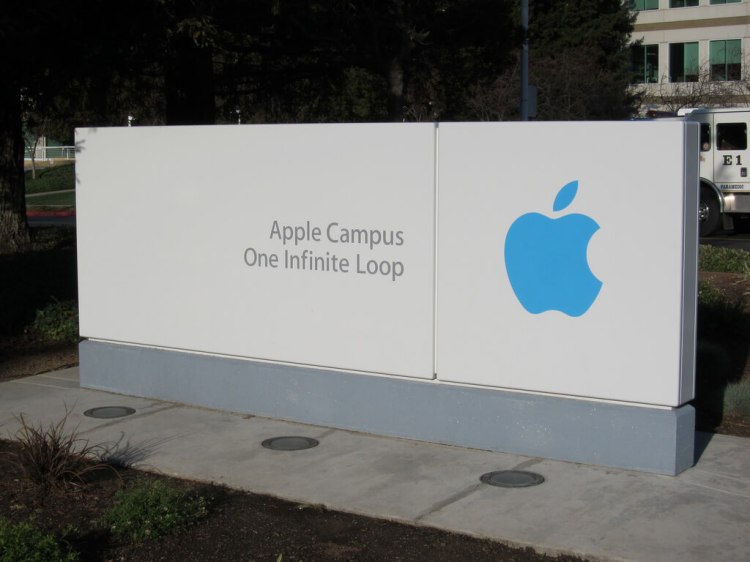Apple has reportedly acquired Flyby Media, a startup that developed technology for mapping spaces using smartphones.
This technology could be useful for tracking head-mounted displays in virtual reality or augmented reality systems. And that fits with Apple’s current interest in virtual reality, including the recent Metaio and Faceshift acquisitions. News of the Flyby acquisition was originally reported today by the Financial Times.
“Apple buys smaller technology companies from time to time, and we generally do not discuss our purpose or plans,” an Apple spokesperson wrote in an email to VentureBeat. That’s Apple’s usual way of confirming that it has bought a company.
Apple now has “hundreds” of people working on virtual reality and has crafted prototypes for headsets in recent months, the Financial Times reported.
The efforts come as Apple strives to catch up to companies with virtual reality or augmented reality products in the works or available now. There’s Samsung’s Gear VR, Facebook’s Oculus Rift, HTC’s Vive, Microsoft’s HoloLens, and Google’s Cardboard.
Interestingly, Flyby Media has previously worked with Google, on its Project Tango project, which gives mobile devices a way to determine where they are in space, according to a cached version of the startup’s website (it’s no longer live). But Flyby has also done Apple-related work. It built “a proprietary iPhone-based product to create scalable floor plans for integration into Apple’s MapsConnect program,” according to the site.
There are two demos that Flyby cofounder Oriel Bergig has given at conferences where he has spoken. The first is a video showing a person moving around a room and leaving virtual breadcrumbs in their path. When the person moves around enough, you can see the breadcrumbs — little spheres floating in the air. This method, called SLAM, can operate on a smartphone. The other demo shows a two-dimensional map that tracks a person holding a mobile device as the person moves around within an indoor space.
This is speculation, but the technology could very well get integrated with some kind of headset from Apple. It’s not inconceivable that an Apple headset could be connected with, say, an iPhone that sits on top of a person’s computer and tracks the person’s motion. The Oculus Rift headset from Facebook has a dedicated device for this task, but virtual reality head tracking would be an excellent new use case for the iPhone. Alternatively, perhaps with the assistance of some type of case, an iPhone could track movement of a head-mounted display as the person wearing it moves around a large room.
Here are some (admittedly dated) videos showing Flyby’s capabilities:
Update at 1:50 p.m. Pacific: Added Apple’s confirmation of the Flyby acquisition.
VentureBeat's mission is to be a digital town square for technical decision-makers to gain knowledge about transformative enterprise technology and transact. Learn More

